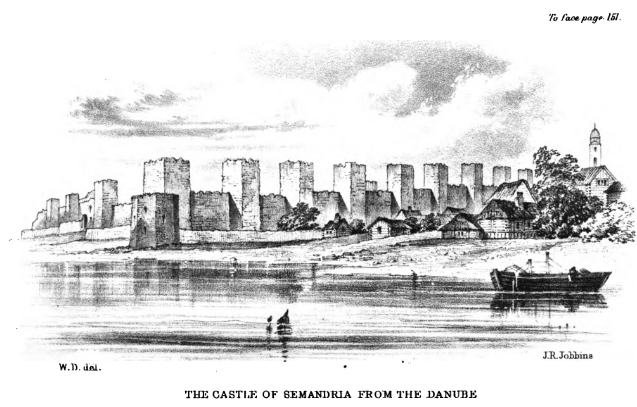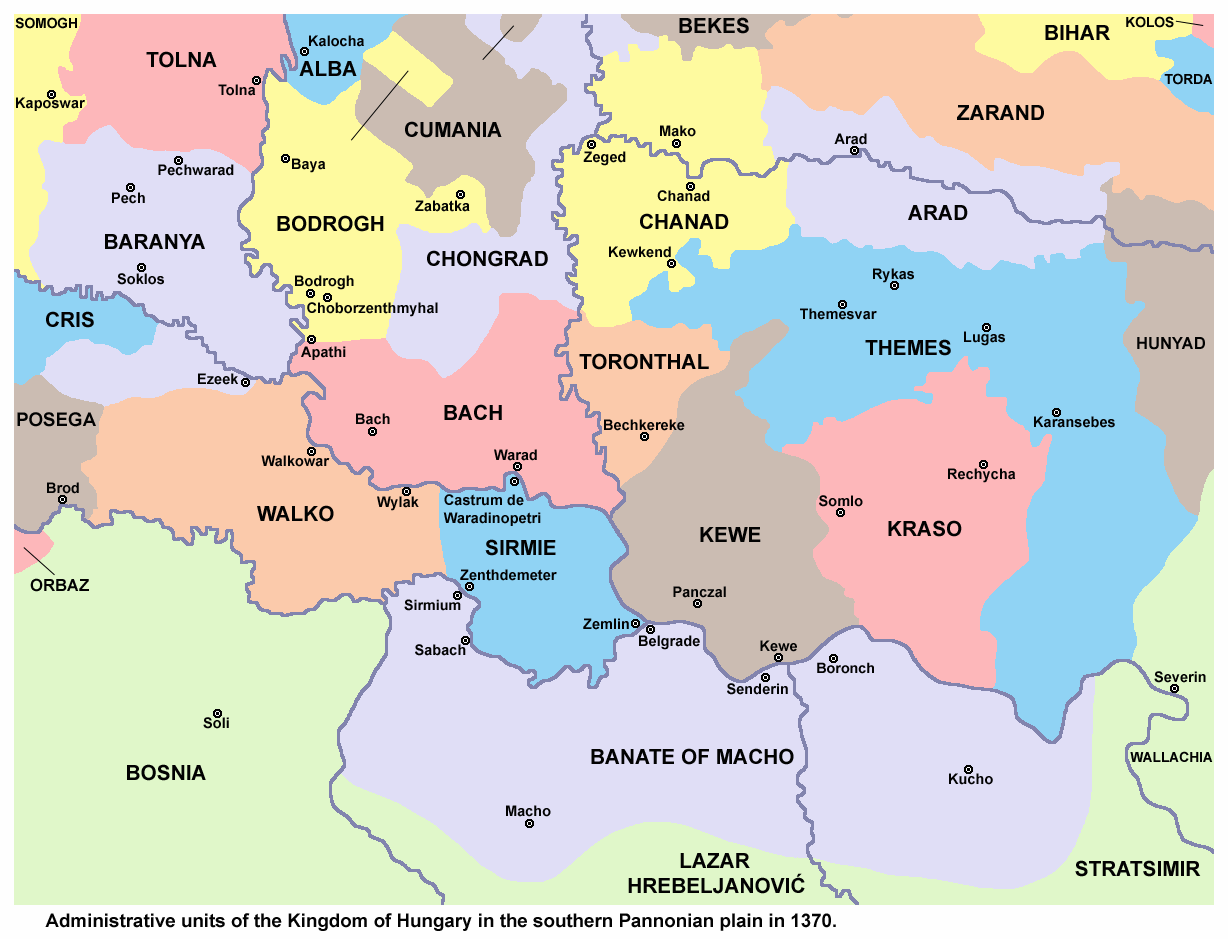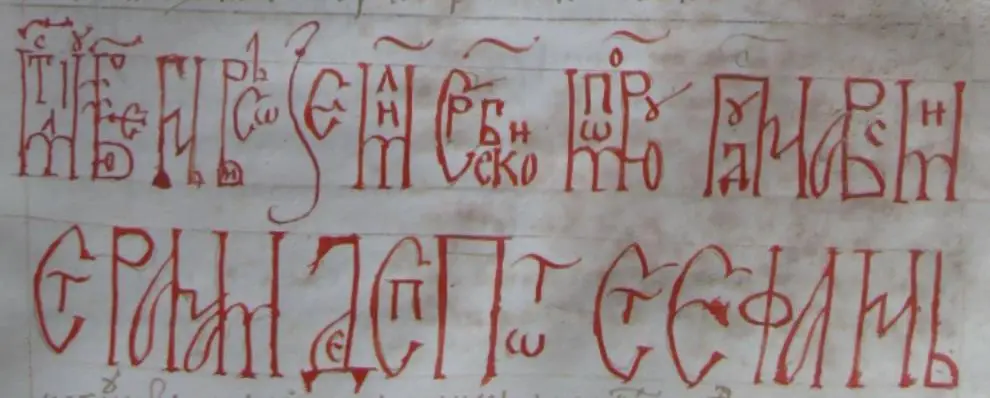Original research paper by Mirčeta Vemić, Institute of Geography “Jovan Cvijić”, Serbian Academy of Arts and Sciences: http://www.doiserbia.nb.rs/img/doi/0352-5732/2014/0352-57321447201V.pdf
UDC 94(100)”1914/1918″
UDC 343.819.5(=163.41)(493.5)”1914/1918″
DOI: 10.2298/ZMSDN1447201V
Abstract:
This paper discusses the massive use of concentration camps by the Austro-Hungarian Empire during the First World War, 1914–1918, in order to achieve its war aims, being the most prominent country of the Central Powers to do so. The concentration camps were founded for each nation separately. There were at least 300 concentration camps, out of which ten were large. There were captivated Serbian prisoners of war, but unlike other nations, there were also Serbian civilians interned, which was prohibited by Geneva conventions. In these concentration camps, there was a mass mortality of Serbian inmates aged 1 to 101 years. The final number of imprisoned and killed Serbs has not been determined, but it is considered to be much higher than the estimated number accepted at the peace conference in Versailles. From the previous research the main causes of their suffering can be seen. These are hunger, inadequate housing of the inmates, the location of the camps, heavy forced labor, poor hygiene and health care, illness and disease, punishment and looting of detainees, etc. All concentration camps operated by the same principle and achieved the same war results: the mass mortality of the imprisoned people. Given that the concentration camps were massively opened during the Second World War by the same countries, it is clear that from the beginning they were planned and designed as the most efficient means of genocide against the Serbs.
INTRODUCTION
The Austro-Hungarian Empire applied concentration camps en masse in the First World War 1914-1918 like no one before them* in order to further their own war goals. The Military Archives in Serbia hold an original document from 1916 which testifies about the number of concentration camps and inmates on the territory of Austria-Hungary in 1916 [Djuković 2002]. This list holds that at the moment there are 300 concentration camps with 64 942 inmates, among them 10 major concentration camps, while at the same time there were 50 concentration camps with 39 245 inmates in Germany. The first group which foudn itself interned into the Austro-Hungarian concentration camps were Serbs and in a multitude of those concentration camps they had a true pomor**. Even before the start of First World War civilians were being taken into the concentration camps: men, women, children and old men. They were taken there only for being Serbs, with the same happening in the Second World War as well. Briefly, as it was pointed out by the philosopher and historian Žarko Vidović in an interview for the Pečat magazine: “Our history is the history of our concentration camps about which no ones says a word… Serbs are a nation of concentration camp inmates… Concentration camp inmates are the last Serbian national elite” [Vidović 2013].
Since the first assault on Serbia on 12. August 1914., as well as during the entire First World War, Austria-Hungary took away the civilian population on top of the prisoners of war (POWs), including women, children and old men. Germany and Bulgaria did that later as well, with a number of inmates later being transported to Turkey as well. They were imprisoned in several hundred concentration camps and were transferred as needed from one to the other and even from one country to another. In these concentration camps Serbs died en masse, exhausted by hunger, bad accommodation, a lack of clothing and shoes, bad hygiene and health protection, hard and dangerous labour, torture and plunder, topped off with epidemics of infective diseases, especially typhus and typhoid fever, dysentery and tuberculosis. Austria-Hungary had separate concentration camps for each nation: Serbs, Russians, Italians, etc, although in the later stages of the war they would mix the inmates. The concentration camps for Serbs also held the imprisoned citizens of Montenegro, who were not seen as POWs, but civilians after Montenegro capitulated at the start of 1916., as well as Serbs from Bosnia and Herzegovina and Croatia, then subjects of Austria-Hungary. The creation of POW concentration camps came about due to the historically political stance of Austria-Hungary, especially the court, government and General Staff towards Serbia at the start of the 20. century, which was expressly Serbophobic and hostile. As Vladimir Stojančević noted, “the old theoretical axiom of Austro-Hungarian politics and diplomacy about a `Great Serbian danger` to the Dual Monarchy was turned with the occupation of Serbia in 1915. into a practical executive question of how to remove it with all available resources…”, and “in the system of Military General Governorship of Serbia 1916-1918. the policies of interning and the institution of concentration camps were seen as highly efficient tools for the execution of the end goals of Austria-Hungary towards the Serbian people in general. As the Serbian military had partially died and partially withdrew over Albania to Corfu and partially ended up in POW concentration camps – the Kriegsgefangenlager – the interments from Serbia into the concentration camps in Austria-Hungary and Bulgaria were practically all against the civilian population. Both of the occupying forces declared the non-existence of Serbia as a state, for res nullius, and Serbian citizens as being without an established legal status and civic identity” [Stojančević 1989].
The final number of concentration camps with Serbian POWs and interned civilians, as well as the numbers of those who died or survived in them, has not been established until now. A survey of them was not conducted, so the state of affairs is based on assessments. The exact numbers could have been provided to the International Committee of the Red Cross (ICRC) by the authorities of Austria-Hungary, Germany and Bulgaria. However, they avoided cooperating with this world organisation until the very end of the war, when it became obvious they would lose the war and they especially did not admit to holding interned civilians in POW concentration camps, which was forbidden by the wartime laws and the Hague Conventions. According to the official assessments of the Serbian government at the end of the war, in Austro-Hungarian concentration camps there was around 150 000 POWs (147 677 more accurately), of which 50 000 died and the total for Austria-Hungary, Bulgaria and Germany is 182 000 men. There was also an assessment that there were 50 000 interned civilians in Austria-Hungary, of which 20 000 died. These numbers were accepted at the 1919. peace conference in Versailles, while the contemporary researchers and scientists in Serbia consider them highly inaccurate, that is “that they would have to be higher, even significantly higher” [Mitrović et al, 1994], as there was no survey of the victims, not was there a professional investigation. The given assessment was done quickly and without professional input, based solely on three foreign sources, by Jovan Vučković, the consul in Prague. However, if we were to take that information as accurate, it can be seen that in Austro-Hungarian concentration camps every third POW died and almost every other interned civilian. Therefore the requests for the re-examination of the demographic losses of Serbia in this war are completely justified, but it is equally as important to determine the causes, circumstances and ways they died in concentration camps.
It is known that the wartime concentration camps in Austria-Hungary, Germany, Bulgaria and Turkey left behind them mass graveyards and a string of individual graves, so there was some effort to list all the people who died in them for exhuming and collecting their mortal remains. A certain survey of graveyards and graves of Serb POWs and internees [interned civilians, translator’s note] was done by several persons on the territory of former Austria-Hungary. Radivoje Bikar did it in post-war Hungary, who in 49 instances surveyed 10 027 graves. In post-war Austria two pastors of the St Sava church from Vienna, firstly by Mihailo Mišić, surveyed 21 856 graves in 145 locations and later Dr Miloje Aranicki (1935-1941), who made a list of 29 414 buried POWs and civilians [Đuković 2002]. In Czechoslovakia the survey was done by archpriest Milivoje Crvčanin [1932], who in 409 graveyards listed 17 378 graves. In the Czechoslovak territory, a certain number of the dead were exhumed and laid into collective ossuaries (mausoleums), which according to Crvčanin were in former Czechoslovakia: Jindřichovice (Bohemia – Czechia), Olomouc (Moravia), Trenčín (Slovakia) and the Olšany Cemetery in Prague (Czechia).
Besides the listed information, there is preserved a significant number of lists, death certificates and exhuming paperwork, as well as others documents connected to the concentration camps and concentration camp graveyards. Those surveying activities lasted all the way until Second World War and traces of them exist in Serbian archives. The archival materials, published books and other scientific papers, based on them are setting straight the historical image of the suffering of Serbs in the First World War, but it unfortunately looks even more tragic in the majority of cases.
* First wartime concentration camps were used by the USA during their Civil War (1861-1865), Spaniards in Cuba during its colonisation (1895), the British in the Anglo-Boer war (1899-1902) in South Africa and Germans when suppressing and uprising in Namibia in Western Africa (1904).
** According to the Thesaurus of Matica Srpska (1967-1976) the word “pomor” means a sudden death (of people or cattle) in large numbers due to an infective disease, famine, etc.
AUSTRO-HUNGARIAN CONCENTRATION CAMPS FOR SERBS
Austria-Hungary started interning “politically suspicious” Serbs from Bosnia and Herzegovina and Croatia even before the assault on Serbia and took prisoners during the three waves of its military’s incursions into Serbia (1914. and 1915.). After occupying Serbia the interment of civilians became a regular activity of the General Military Governorship for Serbia.
Something similar happened to the civilians from Montenegro. In all of the major concentration camps on Austro-Hungarian territory there were Serbs, namely in Arad, Nagymegyer, Doboj, Nezsider, Boldogasszony, Sopronnyék, Mauthausen, Aschach an der Donau, Heinrichsgrün, Braunau, etc. First Arad and Nagymegyer were formed and soon afterwards new ones were built, to the north of Nagymegyer along the Danube and around Lake Nezsider, to which internees from nearby concentration camps were moved, to allow for their spots to be filled by new prisoners. The places where the concentration camps were built were mostly swampy. Bad accommodation, hunger, exhaustion via hard and dangerous labour, low levels of hygiene, lack of emergency aid, typhus, dysentery, tuberculosis and other diseases, along with torture and plunder of inmates by the concentration camp staff caused a great pomor among the people in them.
Translated by Books of Jeremiah



